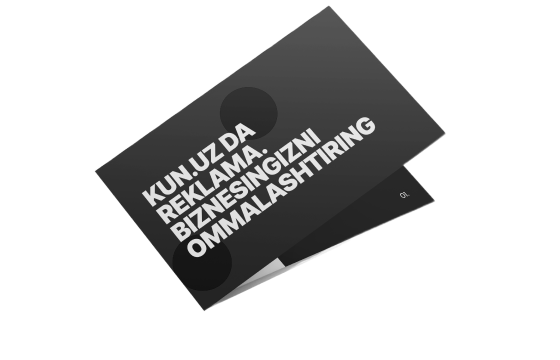Central Bank measures curb inflation outlook, utility tariffs still key concern
Inflation expectations saw a notable drop in March following the Central Bank's decision to raise its key interest rate. This is detailed in the regulator’s latest report, based on a survey conducted between March 27 and April 5.
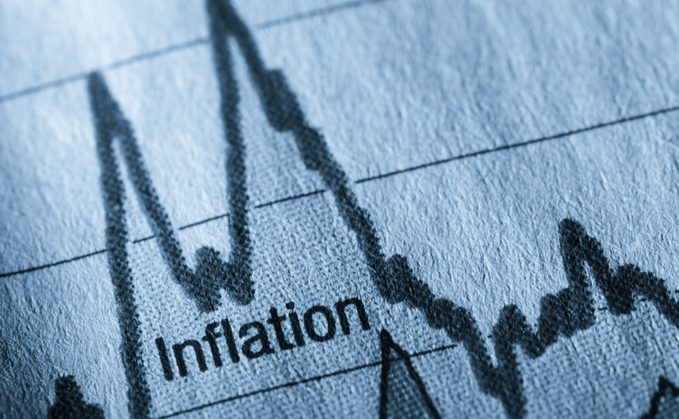
The average projected inflation rate for the next 12 months stood at 14.2% — the lowest since December 2024 and nearly one percentage point lower than in February. The median forecast was 11.5%.
Tashkent recorded the highest inflation expectations at 17.1%, though this marked a 1.9% decrease compared to the previous month. It was followed by Fergana (16.1%) and Namangan (15.5%), while the lowest figures were seen in Kashkadarya (12%), Navoi (12.3%), and Jizzakh (12.9%) regions.
By profession, the highest expectations were reported among educators and researchers (15.8%), followed by those in household services (15.2%) and the banking and finance sector (14.4%). The most optimistic sectors included tourism (12.3%), agriculture (12.8%), and IT (13%).
Among citizens, those earning 15 million UZS or more per month anticipated the highest price increases — an average of 18.5%. Respondents with monthly incomes between 10 and 15 million UZS predicted a 17% rise, and those earning around 7 million UZS expected inflation just below 16%. By contrast, people earning 2 million UZS or less projected a 12.6% rise.
The most commonly cited factor influencing expectations was the increase in utility tariffs, named by 59% of respondents. This was followed by energy prices (48%) and currency exchange rate fluctuations (39%). Notably, concerns over speculative price hikes and monopolies dropped to 26%.
Businesses also lowered their inflation forecasts. The average projected increase for the next year fell by 0.8 percentage points to 13%, with the median forecast returning to the January level of 10.9%.
By region, the highest expectations came from the capital (15.7%), Samarkand (14.6%), and Surkhandarya (14.1%). The lowest were recorded in Kashkadarya (10.6%), Khorezm (11.6%), and Navoi (11.9%).
Among sectors, educational institutions reported the highest inflation expectations at 15.5%, followed by healthcare (14.3%) and transportation (14.2%). The lowest projections came from agriculture and industry (both at 11.9%), as well as the tourism sector (12.3%).
Utility tariffs remain the leading factor influencing business forecasts (52%), followed by rising energy prices (45%), currency volatility (43%), and increased transportation costs (31%).
Related News
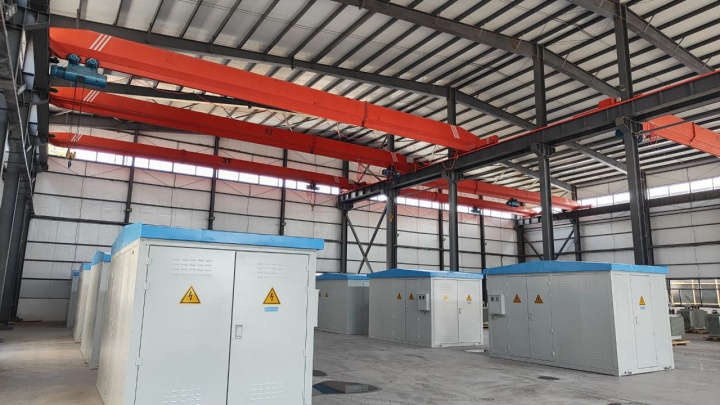
17:41 / 02.08.2025
China’s Holley Technology launches transformer production in Angren

17:31 / 01.08.2025
Annual inflation slows in Uzbekistan despite utility tariff increases
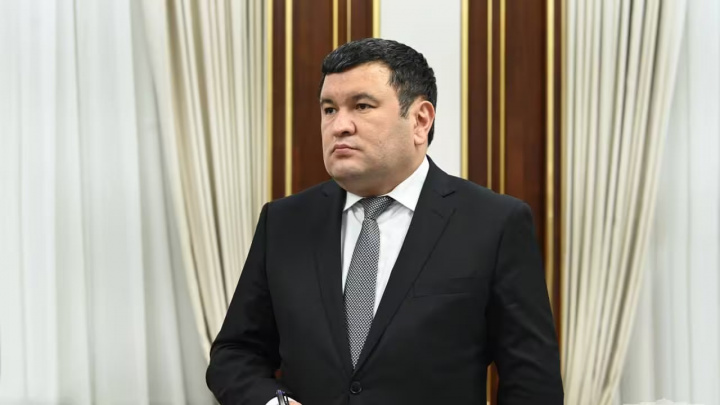
16:08 / 01.08.2025
Tashkent faces frequent power cuts, senator demands explanation from Energy Minister
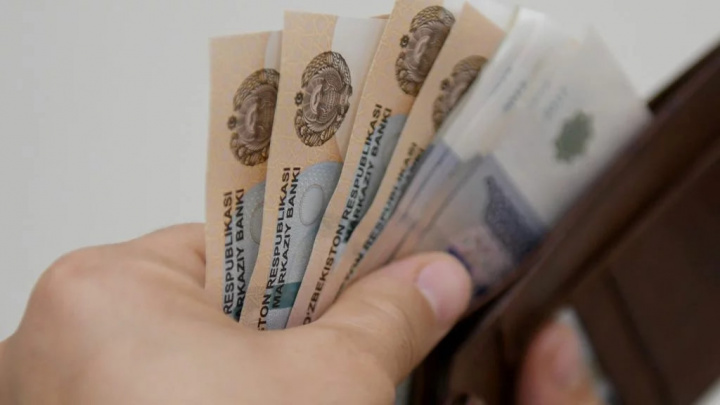
20:48 / 29.07.2025


